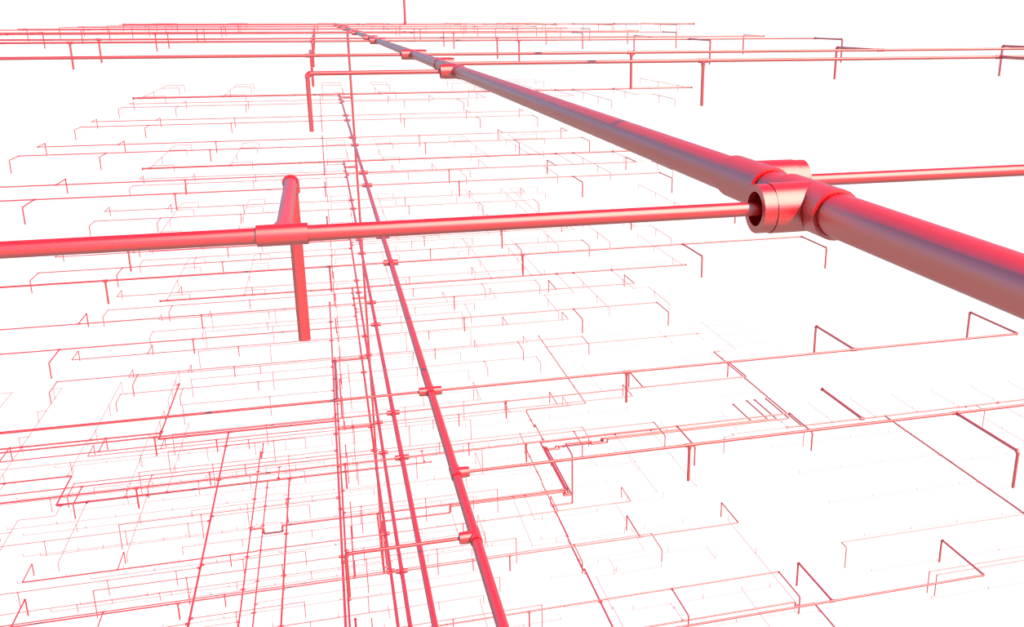


Break up your property into hydrozones: You don’t want to over- or underwater your plants. Take the time, in seconds, divide it by 60 and then you have your GPM.ģ. Measure the time it takes to fill that one-gallon container. You can measure your GPM by putting a one-gallon bucket and turning on your outdoor spigot full blast. You also need to measure your gallons per minute (GPM). Then, turn on your outdoor spigot to full blast to measure your water’s output.Next, hook up the water gauge to your outdoor spigot.Turn off all the water inside your home.For example, you can determine your outdoor water pressure by using a water gauge: It’s also wise to check your water’s pressure throughout your house because it can vary from one spot to another. Determine your water supply: Ask your local water authority to send you your property’s water pressure report. In your drawing, you need to include all landscape and hardscapes as well as other barriers, such as walkways, your driveway, your house, outdoor sheds.Ģ. Then draw it to scale, for example, by using one inch to equal 10 ft. Measure the length and width of your property. Measure and prepare the area for the sprinkler system: For this job, you’ll need graph paper, a pencil and a tape measure. There are seven necessary steps you need to include when you draw up your irrigation system’s design. 7 Basic Steps to Designing Your Residential Sprinkler System


 0 kommentar(er)
0 kommentar(er)
